It vanished for 86 million years—then roared back into history with a jaw-dropping surprise. Meet the Dragon Prince, a newly identified dinosaur that has scientists scrambling to rewrite the T. rex family tree. Sleek, fast, and fierce, this ancient predator stalked the Earth long before its famous cousin ever showed up. Its fossil sat unnoticed in a Mongolian drawer for decades—until a fresh look revealed a game-changing clue: this wasn’t just another dinosaur. This was a missing link. A wild, untamed predecessor that helped give rise to one of the most fearsome creatures the world has ever known.
The Discovery of Khankhuuluu
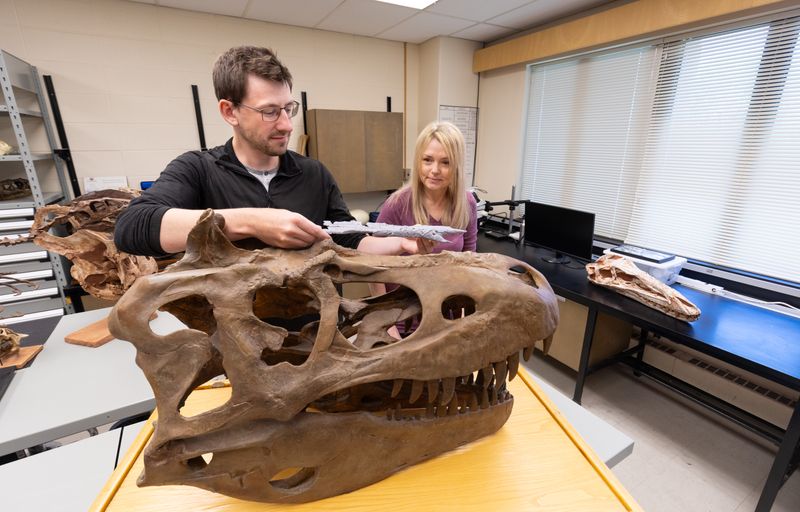
In a dusty corner of Mongolia, buried treasures awaited discovery. The remains of Khankhuuluu mongoliensis were first unearthed during a 1970s expedition. Although initially overlooked, these fossils held secrets of a time long past. Fast forward to modern times, and these bones tell a tale of a swift predator. Paleontologists re-examined these fossils and unearthed vital anatomical connections, linking Khankhuuluu to the tyrannosaur lineage, yet lacking the formidable jaw strength of its descendants. This transitional species fills a significant gap in the evolutionary timeline, casting light on the origins of the mighty T. rex. Imagine the excitement as these revelations unfold, bridging epochs and reshaping our understanding of dinosaur evolution.
Anatomy of a Predator
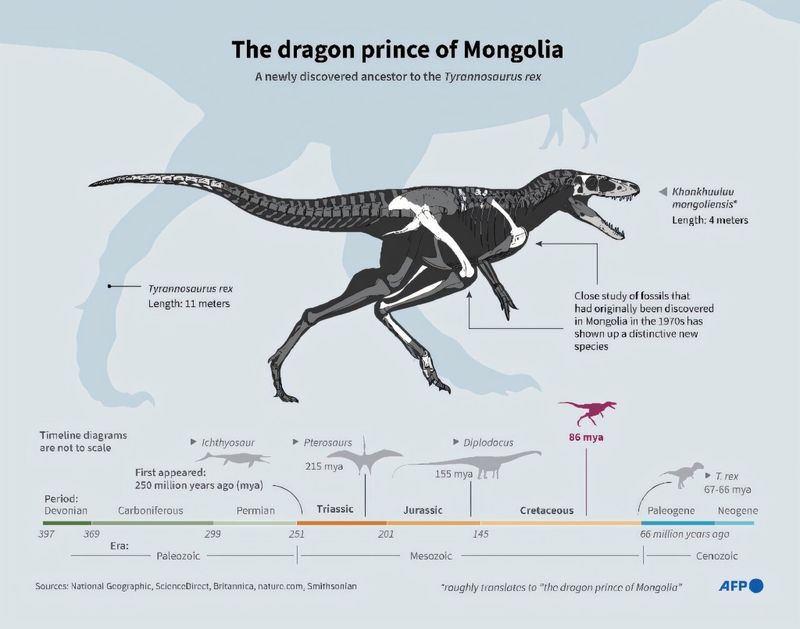
Khankhuuluu mongoliensis, with its sleek build, was a masterpiece of evolutionary design. Imagine a creature designed for speed, with an agile body stretching to 13 feet in length. Weighing approximately 1,600 pounds, it was formidable yet built for the chase. Unlike its later relatives, Khankhuuluu lacked the jaw-crushing power associated with the T. rex lineage. Instead, it relied on its agility to outmaneuver prey. Its anatomical features reveal a predator designed for a nimble hunt, a stark contrast to the bulkiness of its Cretaceous successors. This anatomy presents a fascinating insight into its predatory strategy and evolutionary adaptations.
The Dragon Prince: A Transitional Marvel
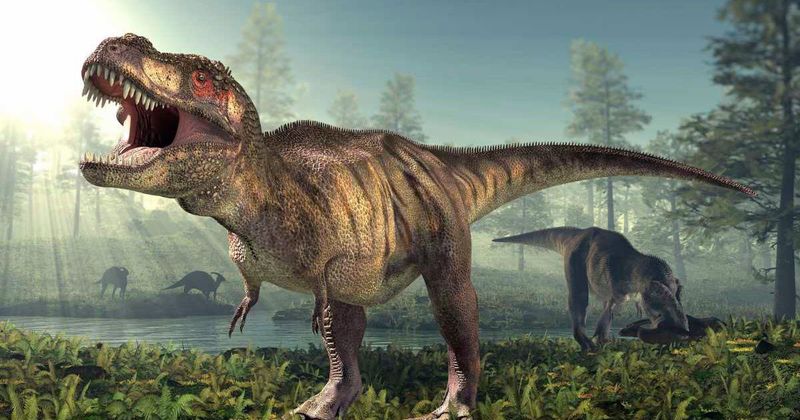
Khankhuuluu mongoliensis is more than just a new species; it’s a bridge in the dinosaur evolutionary narrative. This “Dragon Prince” stands as a testament to the evolutionary journey from small theropods to mighty predators. Its discovery fills a crucial gap, highlighting the transitional adaptations leading to the rise of the tyrannosaurs. Picture a world dominated by competition, where Khankhuuluu’s speed and agility set the stage for future giants. This discovery is a cornerstone in understanding how these magnificent creatures evolved, offering insights into the profound changes that shaped their lineage. It is a marvel of nature’s ability to adapt and transform.
Speed Over Strength
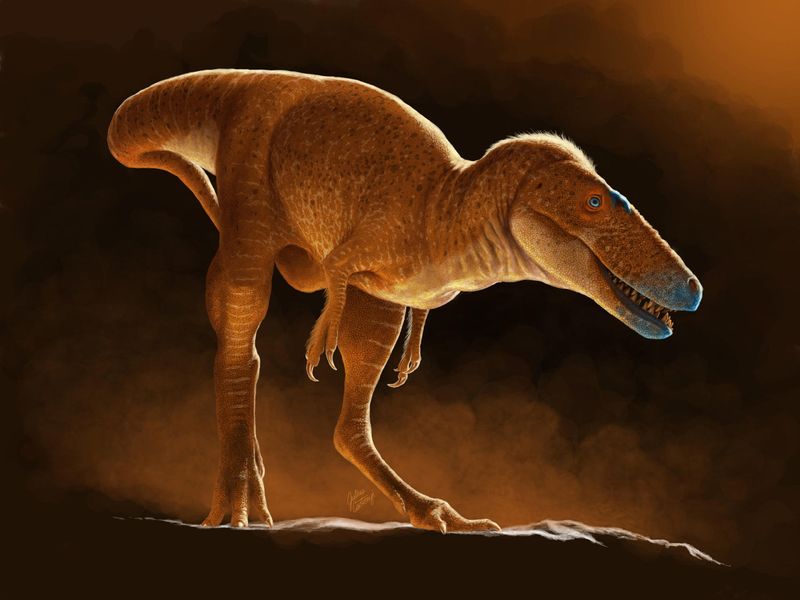
While the T. rex is often remembered for its brute force, Khankhuuluu mongoliensis was built for speed. Imagine a predator that thrived on agility, able to outpace rather than overpower its prey. The evolutionary path taken by Khankhuuluu highlights a different survival strategy, where swiftness was key. This adaptation is reflected in its anatomical structure, which supports a more fleet-footed approach. In the prehistoric landscape of Mongolia, this strategy would have provided a distinct advantage, allowing Khankhuuluu to carve out a niche in a competitive ecosystem. This emphasis on speed over strength marks a fascinating chapter in dinosaur evolution.
Linking Lineages
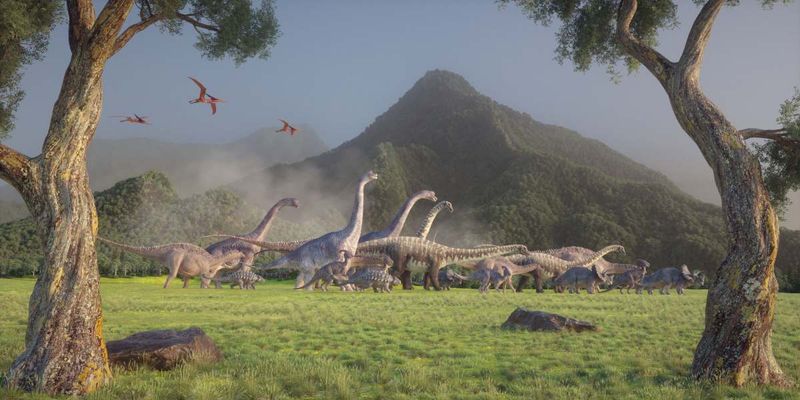
Khankhuuluu mongoliensis offers a glimpse into the family tree of some of the most iconic dinosaurs. Its discovery shines a spotlight on the evolutionary paths that led to the formidable T. rex. While Khankhuuluu lacked the jaw strength of its descendant, it shared other key traits that mark it as a member of the tyrannosaur lineage. This connection reveals the incremental adaptations that paved the way for the apex predators of the Cretaceous. Understanding this lineage helps unravel the complex evolutionary web that produced some of the most fascinating creatures to have ever walked the Earth.
Fossil Re-examination
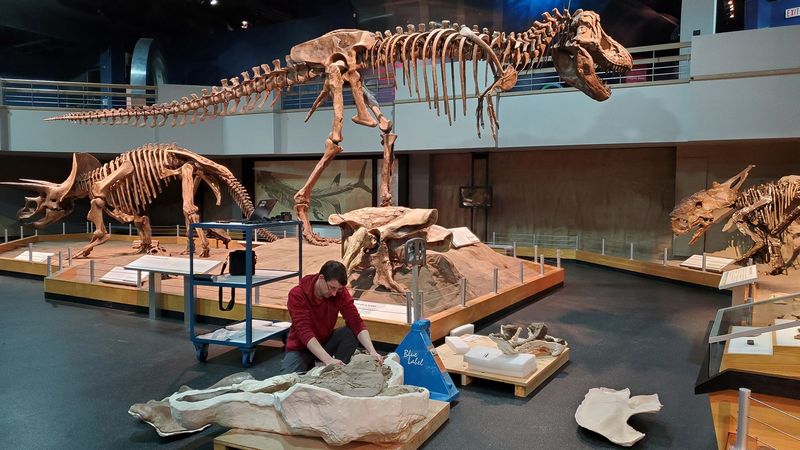
Decades after their initial discovery, the fossils of Khankhuuluu mongoliensis underwent a re-examination that would rewrite history. In modern labs, scientists carefully analyzed these ancient bones, uncovering details previously missed. This re-examination revealed the anatomical features linking Khankhuuluu to the tyrannosaur lineage. The meticulous work done in these labs underscores the importance of technological advancements in paleontology. Each fossil tells a story, and with modern techniques, we can decode these stories with greater accuracy. The re-examination of Khankhuuluu fossils has breathed new life into our understanding of dinosaur evolution.
Implications for T. rex Origins
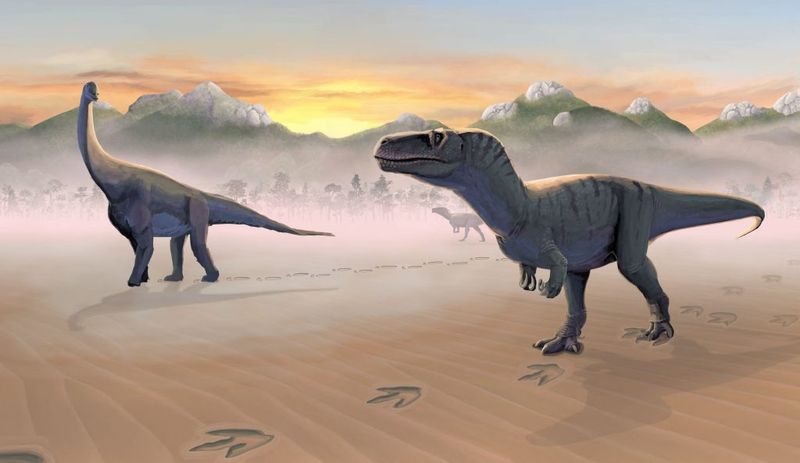
The discovery of Khankhuuluu mongoliensis has profound implications for the origins of the T. rex. By unraveling the evolutionary history captured within its fossils, scientists can better understand the traits that evolved over millions of years. This newfound understanding reshapes the narrative of how the T. rex’s formidable characteristics came to be. The Dragon Prince’s place in the lineage highlights the gradual adaptations that culminated in one of history’s most iconic predators. This discovery not only fills a gap in the tyrannosaur lineage but also enriches our comprehension of dinosaur evolution, offering new perspectives on these ancient giants.

